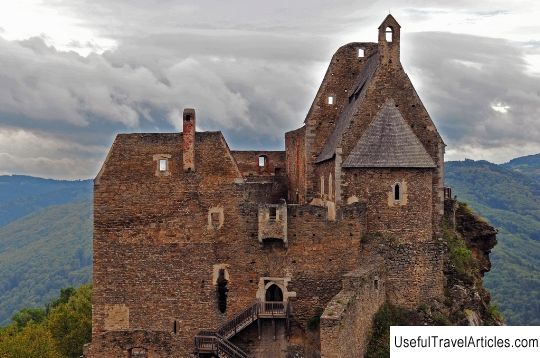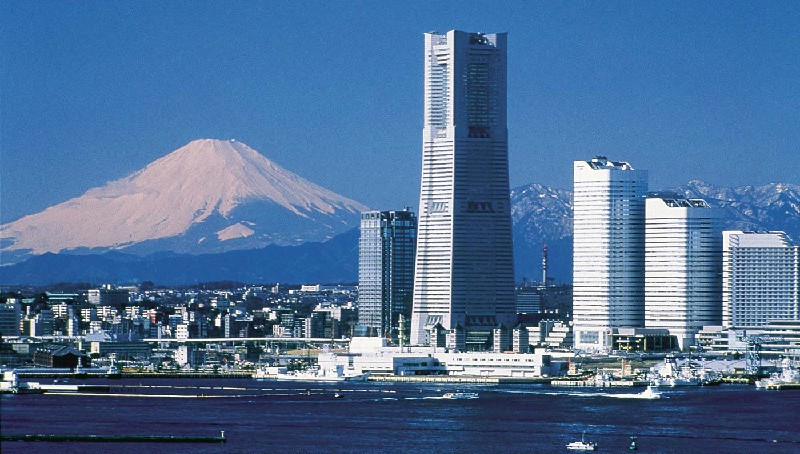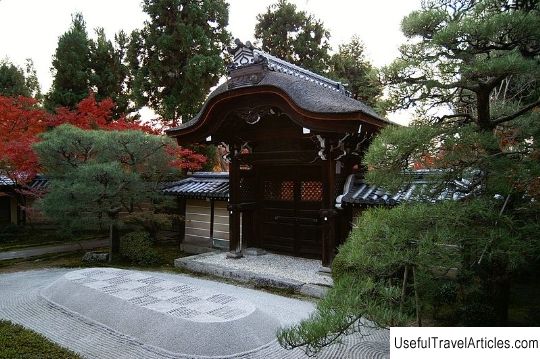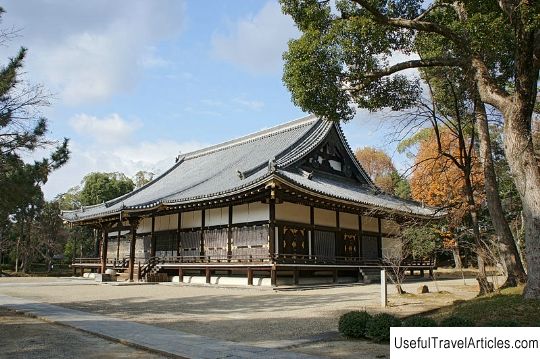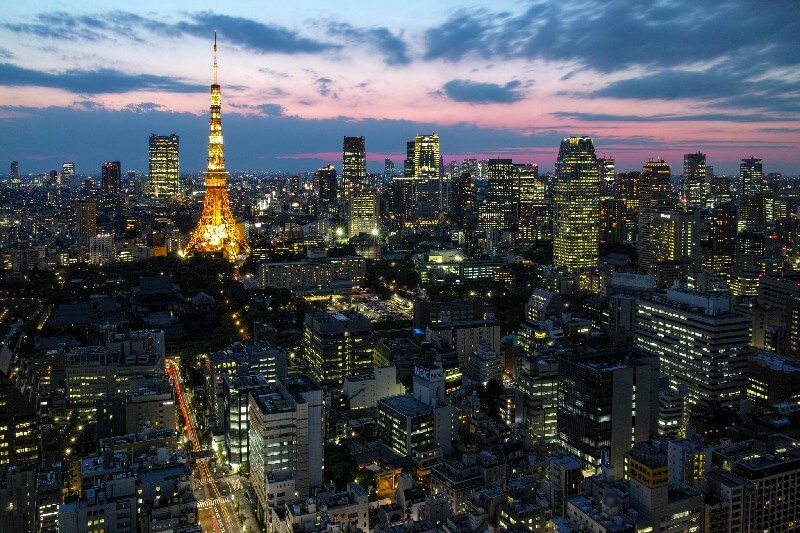Narita-san temple description and photo - Japan: Narita
Rating: 7,9/10 (1443 votes) 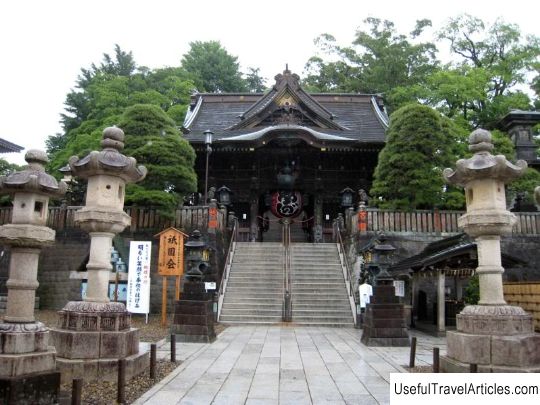
Narita-san temple description and photos - Japan: Narita. Detailed information about the attraction. Description, photographs and a map showing the nearest significant objects. The title in English is Narita-san. Photo and descriptionNarita-san Shinshonji Temple was built around the statue of the deity Fudo Myo Oh - one of the defenders of people from demons. It was located in the capital city of Kyoto and was installed in the Takao-san Jingoji temple. In 939, a monk named Kanjo, along with this statue, was sent to the area where a rebellion had been raised against the emperor to pacify the rebels. For three weeks he prayed and performed the rite of fire sacrifice (goma), and on the last day the rebellion was suppressed. The monk began to prepare for the return journey, but could not move the statue from its place, as it became heavier and larger - thus Fudo Myo Oh himself chose a place for a new temple, which was built on the orders of the emperor, and Kanjo became its first abbot. Today, Narita-san temple is a cultural heritage of Japan and one of the main temples of the Shingon Buddhist school. The temple complex includes several small temples and pagodas, a Shinto shrine built in honor of the goddess of rice and fertility Inari, on the territory of the temple there is a garden with an artificial waterfall and three ponds. On the bank of one of the ponds, there is a building of a calligraphy museum. One of the small temples is dedicated to the patron goddess of arts, education and children Benzaiten, who is depicted as a beauty with musical instruments or weapons in her hands. A staircase of 53 steps leads to the three-tiered Sanju-noto Pagoda, on either side of it there are many images of Fudo Myo O. The pagoda was built in 1712 and is an example of architecture of the Edo period. Inside it are five statues of Buddha Gochi Nyorai. Next to the pagoda is the Issaikyo-do hall of all sutras, which houses the library. The shelves with sacred texts in it form an octagonal drum. To the right of the hall is an 18-meter bell tower containing a bell weighing over a ton. He is struck three times a day when the monks pray for peace. On the territory of the temple, the hall of Prince Shotoku was also built at the beginning of the 20th century, who in 594 declared Buddhism the official religion of Japan and contributed to its active spread. The statue of Fudo Myo Oh, which began the history of the temple, is now located in Daihondo - the main hall, which was built in 1968, when the 1030th anniversary of Narita-san's founding was celebrated. In front of the statue, a goma ritual is performed several times a day, during which wooden planks symbolizing human passions are burned.         We also recommend reading Castle description and photos - Finland: Turku Topic: Narita-san temple description and photo - Japan: Narita. |
